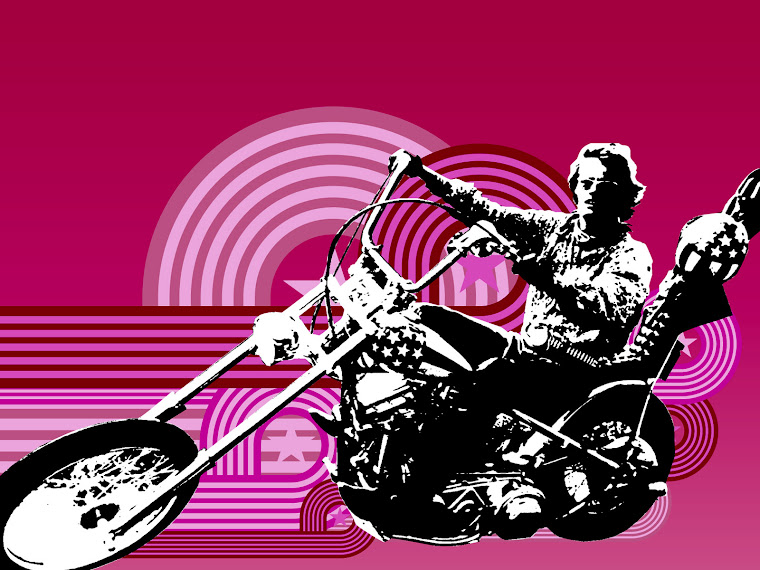1920 - 1930 Music
Let's begin the decade with Igor Stravinsky, who was born in Russia in 1882 and deemed one of the most important and significant composers of the twentieth century. He spent the early part of the 1900’s composing sonatas, symphonies and ballets. Critics claimed his music was largely influenced by Russian folk music. When he was exiled from Russia after World War I, he started to incorporate some Western influences into his compositions by using more percussion. This melding of styles started his neo-classical period, a blend of styles from the classical period with the newer trends of more rhythms. Some of his pieces were thought to either invoke the conflicts of war or the breaking away from it with celebration. Stravinsky's music was a huge change from the Romantic style of the time. It was often described as having the “ability to express physical gestures and movements (and the psychological states that prompts them) in purely musical terms” (Hamilton, 2011).
This music was definitely more for the elite taste. In order to enjoy this music I believe an educated appreciation or extensive exposure to this type of music would be required. It is said though that there were hints of ragtime and jazz in his work. Here is a sample of a very famous ballet of his (Les Noces) that premiered in 1923– please listen...if you dare.
Something else was happening in the music world between 1920 and 1930. It was often called the "Roaring Twenties" or the "Jazz Age", a "time when young, uninhibited people, fueled by a new permissiveness, sought illegal booze, unregulated revelry and hot music" (Rolf, 2007). Jazz broke all the rules as a black American experience over the conventional white sensibilities. Jazz music was a blend of African and African American, religious, brass and blues styles. It began in the brothels and bars of New Orleans, also called the red light district. As jazz music became more popular, the censors also came out and called it the “Devil’s Music”. Believe it or not, because of its suggestive lyrics and rhythms, a request to build a jazz club next to a home for expectant mothers was denied saying the music was “dangerous to the fetuses”. When the red light district was closed down, jazz musicians were forced to migrate to new cities like Memphis and Chicago. The end of WW I returned the soldiers to their homes and to their jobs, which forced many African American musicians to move north. By 1923, Chicago became the new center of jazz. The "easy-going attitude underlying the New Orleans sound was slowly being replaced with a more energetic, fast-paced and competitive edge that surviving in the big city required" (Rolf, 2007).
Prohibition of the 1920's brought jazz into gangster-run nightclubs where whites and blacks mixed socially for the first time. White youth was drawn to jazz and the seductive dances of the monkey glide, turkey trot and Charleston. There was an area on State Street in Chicago known as "The Stroll". Jazz lovers from all neighborhoods came to hear the early years of King Oliver's Creole Jazz Band featuring Louis Armstrong.
The twenties also saw the emergence of the "blues". In 1920, Mamie Smith, a Harlem nightclub singer, became the first African-American singer to cut a record that was specifically labeled, the "blues". The song was Crazy Blues and it sold more than one million copies in its first six months in circulation. This was the beginning of the blues genre. Jazz and blues were played, recorded and broadcast over radios everywhere.






